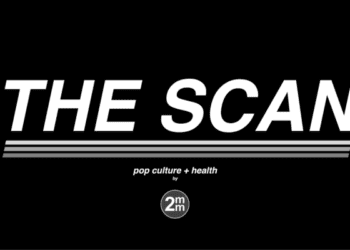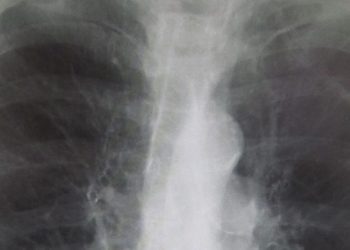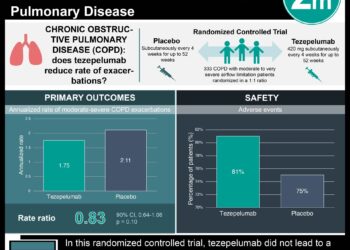Supplemental oxygen impacts the muscular response to exercise in non-hypoxemic COPD patients
1. In this randomized controlled trial, patients who received supplemental oxygen with their combined endurance and strength training routine showed significant increases in peak work rate compared to those who received medical air.
2. Furthermore, those who received supplemental oxygen showed significant increases in total quadriceps femoris cross-sectional area compared to those who received medical air.
Evidence Rating Level: 1 (Excellent)
Chronic pulmonary obstructive disease (COPD) is a lung condition caused by obstruction of small airways and lung parenchymal destruction, leading to shortness of breath and other respiratory symptoms. Aside from the cessation of lung-damaging triggers, improving muscle function and structure is an independent predictor of mortality for COPD patients. The benefit of exercise for COPD patients has been varied, with little to no benefit for some. With hypoxia being a proposed driver of muscle dysfunction in COPD patients, the importance of oxygen therapy during exercise has been questioned to account for these different responses. Furthermore, the use of supplemental oxygen for non-hypoxemic COPD patients may seem redundant. This study aimed to determine if supplemental oxygen significantly impacted peripheral muscle adaptation in non-hypoxemic COPD patients.
This randomized, controlled, double-blind study included 28 patients with non-hypoxemic COPD. Patients above the age of 30, with stable COPD, and a forced expiratory volume in 1 second (FEV1) between 30-60% were included. Any patients with comorbidities that would impair exercise were excluded. Patients were randomized to receive supplemental oxygen or medical air and then subjected to a 6-week combined endurance and strength training routine. Functional capacity was measured with ECG-monitored incremental cardiopulmonary exercise testing, while muscle cross-sectional area was measured using MRI images of the quadriceps femoris muscle. The primary outcome measures were functional capacity, expressed as peak work rate, and quadriceps femoris muscle cross-sectional area.
The results demonstrated that even though both patients randomized to supplemental oxygen and medical air improved from their baseline, supplemental oxygen patients had a significantly increased peak work rate. Concerning structural muscle adaptations, the quadriceps femoris cross-sectional area significantly increased in COPD patients using supplemental oxygen, whereas this was not the case for patients training with medical air. However, due to the already-present high heterogeneity of exercise response in COPD patients, the small sample size of this study may not currently allow for strong conclusions regarding COPD exercise prescription. Nonetheless, this study was the first to explore and elucidate a relationship between supplemental oxygen for exercising, non-hypoxemic COPD patients, and muscular adaptions.
Click to read the study in Medicine & Science in Sports & Exercise
Image: PD
©2023 2 Minute Medicine, Inc. All rights reserved. No works may be reproduced without expressed written consent from 2 Minute Medicine, Inc. Inquire about licensing here. No article should be construed as medical advice and is not intended as such by the authors or by 2 Minute Medicine, Inc.







